An unconventional article that doesn’t decide the best ground coffee based on brand and value alone. A must-read for coffee enthusiasts! How to choose the best ground coffee for home?
Since you already know how to choose whole-bean coffee, let’s focus on the ground coffee selection. Few are aware, but premium quality whole bean coffees available in specialty coffee shops can be ground upon request.
- So, you don’t have to hassle with a manual grinder at home in the morning
- And you don’t need to acquire an expensive electric grinder.
If you consume your coffee within a few weeks, having it pre-ground will be no harm, especially if you pay attention to proper storage.
However, you must remember that the coffee will have its richest flavor when ground freshly moments before brewing.

This image shows the difference between an espresso made from freshly roasted and ground coffee and one made from pre-ground coffee roasted earlier.
Even if you’re not an expert, you can still notice the difference in taste if you pay close attention. It may not be obvious at first, but with some observation, you’ll also be able to discern it.
Criteria for choosing ground coffee
This article is not a typical ground coffee test.
- I’m not scoring Tchibo Exclusive or Omnia Classic.
- I’m not looking into whether the coffee comes from Brazil or the coffee plantations of Costa Rica.
- I’m not evaluating if the coffee is bitter or sweet or considering its price-to-value ratio.
In this article, I’m simply opening your eyes to the fact that the finest ground coffee is the best whole-bean coffee – freshly ground with your equipment.
Ground coffee recommendations
The key to a delicious cup of coffee lies in the right coffee grind: what type of roast and equipment you use matters. The particle size to which you grind the coffee beans for your barista tools is just as important.
For instance, for a French press coffee, you need coarser grounds than an espresso machine with high pressure, while you need to grind finer for a pour-over coffee.
I’ll explain this now, as it’s one of the most delicate topics in the barista profession and could be discussed for hours.
If I want to oversimplify it, the coarser the grind, the longer the water needs to contact the coffee. This depends on the equipment being used.
The easiest way to explain this is with the help of this image, especially in the context of making pour-over coffee.
The Extraction of Ground Coffee Flavors
On the right side of the image, you can see that after water comes into contact with a small coffee particle, it first releases carbon dioxide and then starts releasing the “good” flavors. We should always aim to reach the pink flavors but stop the extraction before the black (bitter) taste.
If the grind is too fine, the water will flow through slowly, causing the coffee to be over-extracted and bitter. If it’s too coarse, the water will rush through it, resulting in under-extracted flavors and a weak coffee.
In addition to flavor extraction, the right particle size serves many other purposes. For example, coffee grounds that are too fine when making espresso can clog up the machine. On the other hand, if they are too coarse, water can rush through too quickly, affecting the taste of the coffee.
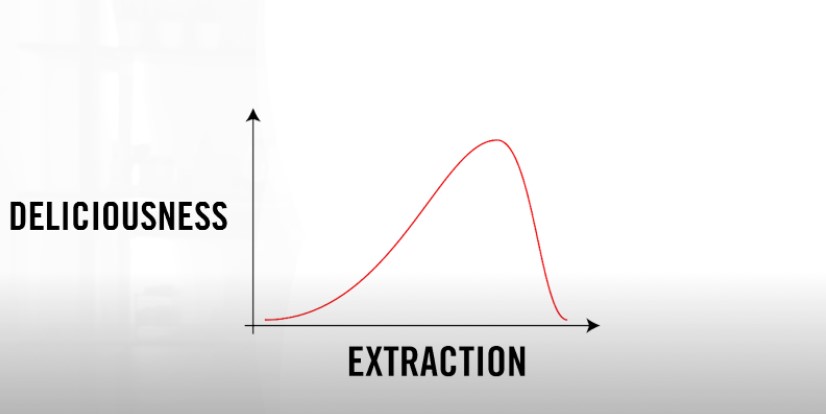
Getting the maximum flavor impact out of a coffee can be challenging, but practice makes perfect! If you’re stuck, feel free to reach out to me.
Summary: Best ground coffee for home
In summary, the best ground coffee is the one that is as fresh as possible and ground to the appropriate particle size for the right equipment.
If you buy whole coffee beans at a coffee shop and ask them to grind it for you, they do it willingly and might even inquire about the equipment you’ll use. This way, you won’t have to deal with grinding, but consume the coffee within a few weeks!
Becoming a home barista is a step-by-step process, from buying pre-packaged, dark-roasted coffee to exploring fascinating specialty drinks you grind. Take your time, and don’t feel rushed. Feel free to ask any questions along the way!

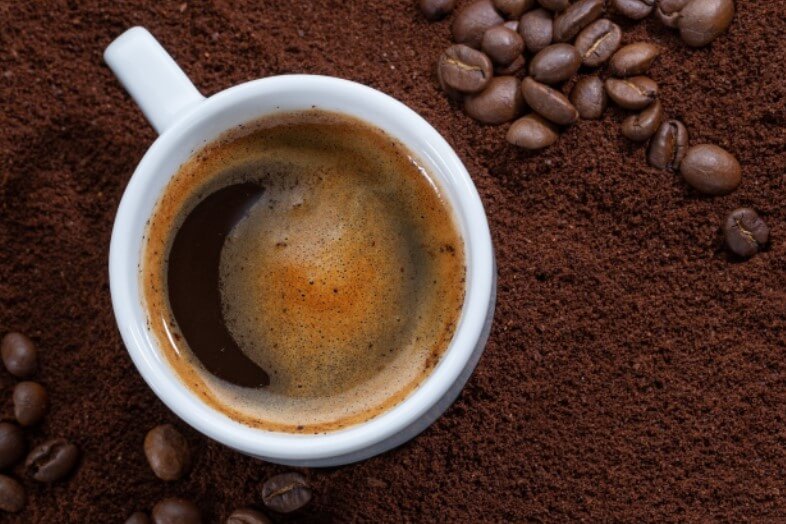
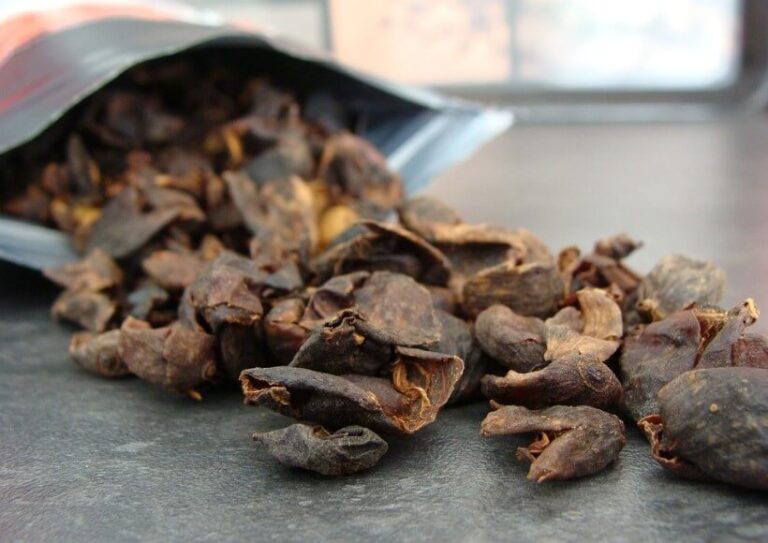
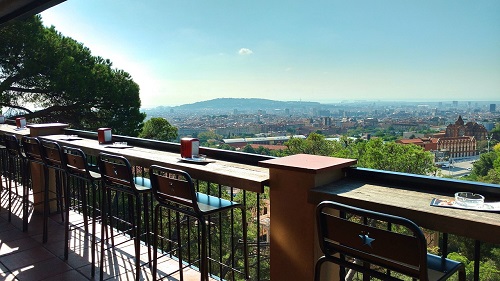
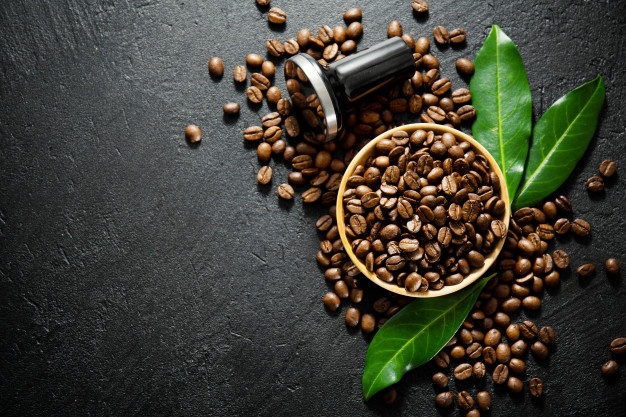
Leave a Reply